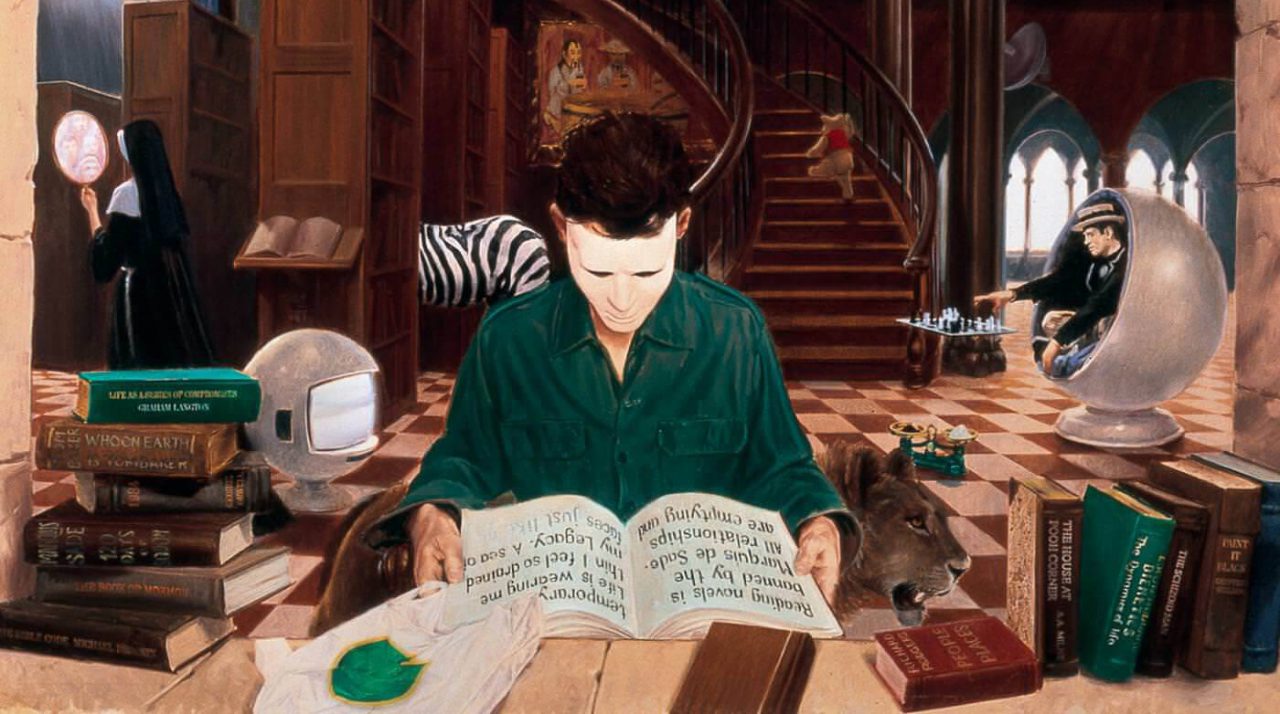This article was originally published on Ferretbrain. I’ve backdated it to its original Ferretbrain publication date but it may have been edited and amended since its original appearance.
Giddy with excitement after reading The Malacia Tapestry, I wanted more Brian Aldiss, so when I saw a second-hand copy of Report On Probability A I snatched it up. Unfortunately, it looks like Brian Aldiss’s output isn’t as consistent as I’d hoped it would be: the Report is an interesting experiment that was probably fun to write but isn’t especially fun to read.

The bulk of the book covers the surveillance of the house of Mr and Mrs Mary by three observers, named only G, S, and C. G used to be Mr Mary’s gardener, S used to be his secretary and C used to be his chauffeur; as the novel progresses we learn that they were all fired for overfamiliarity with Mrs Mary, but none of them could bring themselves to leave: as such, they are all hiding out in the various outbuildings of the Mary estate, and all of them obsessively watch the house, hoping for a glance of Mrs Mary.

 Science fantasy in an urban setting seems to be something which becomes fashionable every twenty-five to thirty years or so. Those who are blown away by the apparent originality of China Mieville’s New Crobuzon or Jeff VanderMeer’s Ambergris stories may be surprised to see very similar themes expressed in the 1970s, both in M. John Harrison’s tales of Viriconium and in Brian Aldiss’s creation of Malacia, setting of The Malacia Tapestry.
Science fantasy in an urban setting seems to be something which becomes fashionable every twenty-five to thirty years or so. Those who are blown away by the apparent originality of China Mieville’s New Crobuzon or Jeff VanderMeer’s Ambergris stories may be surprised to see very similar themes expressed in the 1970s, both in M. John Harrison’s tales of Viriconium and in Brian Aldiss’s creation of Malacia, setting of The Malacia Tapestry.